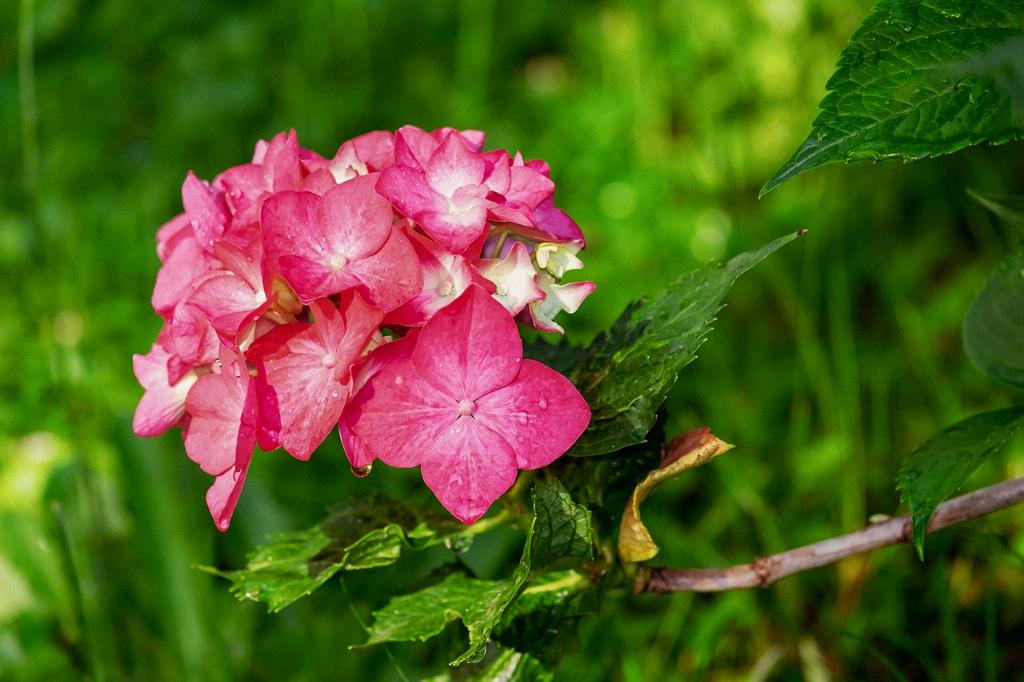Transplanting hydrangeas can be a rewarding experience as you give your plants a new lease on life or move them to a better location. So, when is the best time to transplant hydrangeas? The most favorable times for this task are in the fall or early spring.
Advantages of Transplanting in Fall or Early Spring
Fall is considered the optimal season for transplanting hydrangeas, according to experts. As dormancy approaches, plants are better equipped to handle any transplant shock that may occur. They have the entire winter to acclimate and adjust before the growing season begins again in the spring.
Factors to Consider Before Transplanting Hydrangeas
Before you embark on transplanting your hydrangeas, there are a few factors to consider. The soil should be adequately prepared, and the new planting site must offer the right light conditions for your hydrangeas to thrive. Additionally, make sure to water your hydrangeas well before transplantation to minimize stress.
Preparing the Transplant Site
When choosing a new location for your hydrangeas, ensure the soil is rich in nutrients and well-draining. Proper drainage is essential to prevent waterlogging, which can lead to root rot. Test the soil pH to guarantee it is suitable for hydrangeas, as they prefer slightly acidic conditions.
Steps to Successfully Transplant Hydrangeas
Transplanting hydrangeas requires a delicate touch. Start by digging a generous hole around the plant, allowing ample space for the root ball. Carefully excavate the plant, taking care not to damage the roots. During the replanting process, water the plant thoroughly to help reduce stress.
Caring for Hydrangeas After Transplantation
After transplanting your hydrangeas, it’s essential to provide ongoing care to help them establish in their new environment. Monitor the soil moisture regularly and ensure the plants receive adequate water without becoming waterlogged. Mulching around the base of the plant can help retain moisture and regulate soil temperature.
Pruning Hydrangeas After Transplanting
While it’s generally recommended to avoid extensive pruning when transplanting hydrangeas, you can remove any damaged or dead branches to promote new growth. Pruning should be done selectively and with care to prevent stressing the plant further.
Monitoring Growth and Bloom in Transplanted Hydrangeas
After transplanting, closely monitor the growth and bloom of your hydrangeas. It may take some time for the plants to adjust to their new surroundings, so be patient. Providing proper care, including regular watering and fertilization, can aid in the successful establishment of transplanted hydrangeas.
Reviving Transplanted Hydrangeas
If your transplanted hydrangeas show signs of stress, such as wilting or drooping leaves, take immediate action to revive them. Ensure they are receiving adequate water, sunlight, and nutrients. With proper care, most hydrangeas can bounce back from transplantation shock.
Consulting with Experts for Transplanting Advice
If you’re uncertain about the transplanting process or encountering challenges with your hydrangeas, don’t hesitate to seek advice from gardening experts or local nurseries. They can offer valuable insights and recommendations to help ensure the success of your hydrangea transplant.
Conclusion
In conclusion, the best time to transplant hydrangeas is in the fall or early spring, taking advantage of the plant’s natural growth cycles and dormancy periods. By following proper transplanting techniques, providing adequate care, and monitoring plant health, you can successfully relocate your hydrangeas to a new location and watch them thrive in their new environment.

